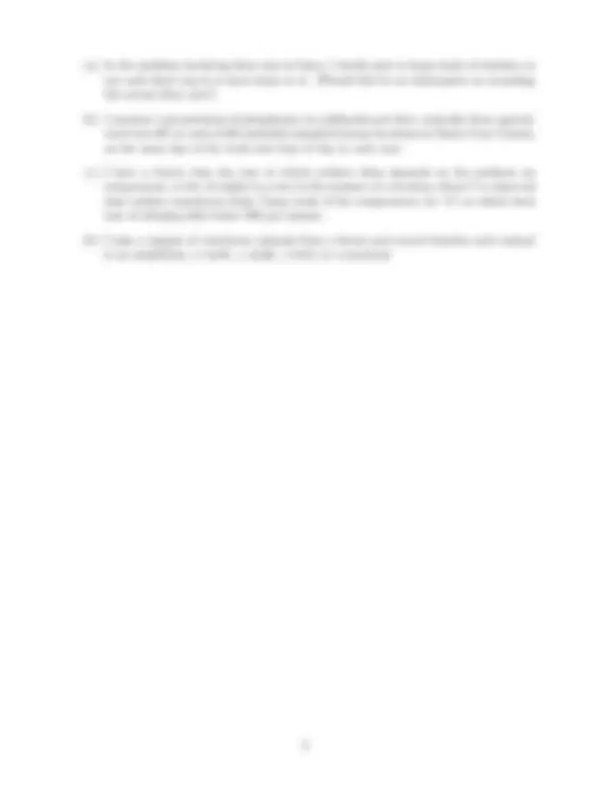



Study with the several resources on Docsity

Earn points by helping other students or get them with a premium plan


Prepare for your exams
Study with the several resources on Docsity

Earn points to download
Earn points by helping other students or get them with a premium plan
Community
Ask the community for help and clear up your study doubts
Discover the best universities in your country according to Docsity users
Free resources
Download our free guides on studying techniques, anxiety management strategies, and thesis advice from Docsity tutors
Material Type: Paper; Professor: Draper; Class: Statistical Methods for the Biological, Environmental, and Health Sciences; Subject: Applied Math and Statistics; University: University of California-Santa Cruz; Term: Unknown 1989;
Typology: Papers
1 / 3

This page cannot be seen from the preview
Don't miss anything!


Prof. David Draper Department of Applied Mathematics and Statistics University of California, Santa Cruz
(a) The number of deaths from cancer in the United States has risen steadily over time. In 1985, for example, about 462,000 people died of cancer, up from 331,000 deaths in
(b) Cost is often an important factor in deciding which variable to measure in a study. Sometimes the cost can be determined directly (in dollars, for example), while in other cases it may be expressed in terms of the time required to take the measurement. A crude but inexpensive measure is sometimes preferable to a more precise measure that is too expensive. Blood tests, for example, are not as accurate as exploratory surgery in diagnosing some diseases, but they’re faster, cheaper, and pose a lower risk of side-effects. Foresters need quick measurements of the size of a tree, since they must measure many trees in a woodlot in order to assess its overall condition. List three variables that measure the size of a tree, and arrange them in order from most to least costly.
(c) Various studies have attempted to rank cities in terms of how desirable it is to live and work in each city. Describe five variables that you would measure for each city if you were designing such a study, and briefly explain your choices.
(d) Scientists who study human growth use different measures of the size of an individual; weight, height, and weight divided by height are three of the most common measures. If you were interested in studying the short-term effects of a digestive illness, which (if any) of these three variables would you use? Explain briefly.
(e) The usual method of determining heart rate in humans is to take the person’s pulse by counting the number of beats in a given time period. The results are generally reported as beats per minute; for example, if the time period is 15 seconds, the observed count is multiplied by 4. You can either decide ahead of time to specify
a particular time period and count how many beats occur, or you can measure how long it takes for the heart to beat a specified number of times. Here are two measurements on the same person a few minutes apart: (i) 39 beats were observed in 30 seconds; (ii) it took 65 seconds to reach 80 beats. Convert each of these measurements to beats per minute. Which of these two readings do you think would be more accurate? Explain briefly.
http://archives.math.utk.edu/visual.calculus/4/sums.3/index.html
In what follows n is an arbitrary integer greater than or equal to 1, (y 1 ,... , yn) is an arbitrary list of numbers with mean ¯y = (^1) n
∑n i=1 yi, and^ c^ is an arbitrary constant.
(a) Expand out and simplify the following expressions.
(i)
∑ 3 i=1 1 (ii)
∑n i=1 1 (iii)
∑ 5 i=1 i (iv) (
∑n i=1 yi)^ −^
(∑ n j=1 yj
)
(v)
∑n i=1(yi^ +^ c)
(b) Show that
∑n i=1 c yi^ =^ c^
∑n i=1 yi. (c) Show that the sum of the deviations (from the mean) has to be zero no matter what the numbers are that go into the calculation: ∑^ n
i=
(yi − y¯) = 0.